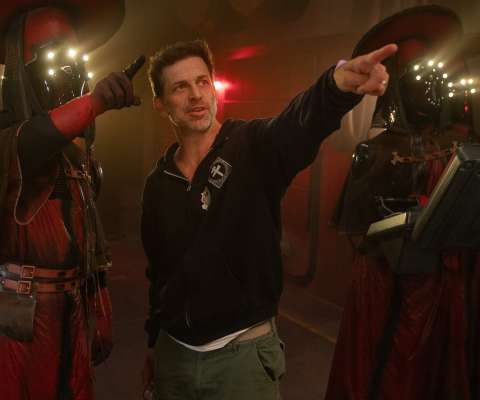Welcome back, Pagerinos! Jeremy here. It’s the first blog post of 2018! Let us hope this year is filled with magic, and the good kind of surprises. I’m sure we could all use a pick-me-up. As we barrel headlong into the New Year, we’re thrilled to have you along for the ride. This week on the blog, we’re going to talk about one of my favourite things in any fantasy story – the signs of Evil.
We’re hosted at soundcloud.com/pageofthewind and you can also subscribe on iTunes,
Stitcher, Google Play, and wherever your favourite podcasts are found.
In The Kingkiller Chronicle, of course, that refers to the Chandrian. Even though the truth of what the Chandrian are has been blurred by centuries of myth and legend, there is some truth hidden among the superstition. Of course, it’s driving Arliden and Laurian mad trying to separate fact from fiction. Fortunately, we the readers have a bit of an advantage, since Kvothe ends up learning more about the truth behind the Chandrian than his parents ever do.
The signs that we know are real signs of the Chandrian (flames turning blue, metal rusting and wood rotting in their presence) are great touches of the fantastic. They feel at once familiar and new – and they definitely present a vibe of creepiness and destruction. They’re part of a great tradition of horror fiction – the telltale sign that the monster is present.
These sorts of signs are a hugely useful tools, especially in horror fiction. Setting up the “rules” or “signs” of the monster allows the author to build tension in ways both obvious and subtle. In Jurassic Park, the thud of the T-Rex’s footsteps is accompanied by a telltale ripple in the water – which for the rest of the movie we’re primed to pay attention to. In The Sixth Sense, the kid tells us that every time a ghost is present the air gets cold – so every time a character shivers or their breath fogs the air we’re tensing up for something horrible. In It Follows, we’re told within the first 15 minutes that the creature can only move towards you in a straight line, at a walk. So for the rest of the movie, we find ourselves scanning the background, on the alert for any extra who’s walking too directly. In this case, knowledge is power – but in the hands of the author, not the reader.
Rothfuss, even though he’s not much of a horror aficionado, primes us with the Chandrian’s signs from page one. He reinforces them with Ben’s conversation with Kvothe’s parents. Ever after that, we’re on the lookout for them. Towards the end of The Name of the Wind, when Kvothe goes to Trebon, we’re even ahead of him, for once in the narrative – he encounters rusted, decaying metal and we, the reader, clue in ahead of time that oh CRAP the Chandrian WERE here you’re in TROUBLE oh NOOOOOO.
It’s one of the many ways Rothfuss goes about building tension in the book. And it’s very, very effective. To those whose critique of these books is that they’re not tense enough, that not enough happens, I humbly submit that maybe you’re just not paying attention.
For even deeper analysis, check out the Page of the Wind Podcast!






Comments